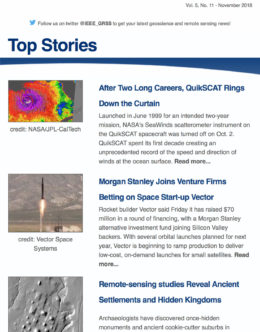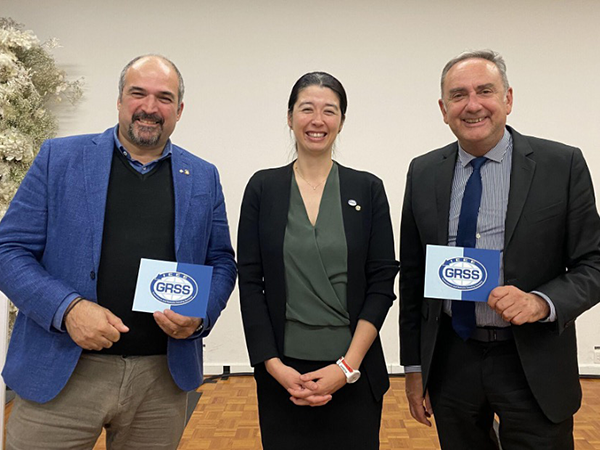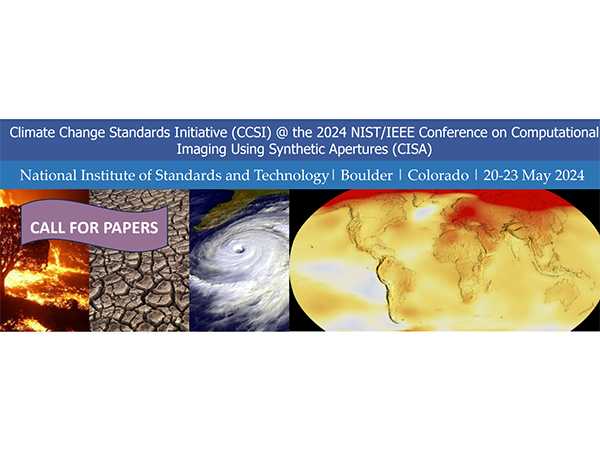Results from the Radio Occultations through Heavy Precipitation (ROHP) Demonstration onboard the Spanish PAZ Satellite after three Years in Orbit
Webinar Speaker: Dr. Joe Turk, Radar Science and Engineering, Jet Propulsion Laboratory/California Institute of Technology
- October 25, 2021
- 11:00 AM EDT
- IFT-TC Monthly Webinar Series

About the Webinar
“Observationally, a major source of uncertainty in evaluation of current climate models arises from the difficulty in obtaining globally distributed, fine scale profiles of Earth’s thermodynamic structure (temperature, pressure and water vapor), that directly sense through strong convective clouds (i.e., precipitation that extends well above the freezing level). The Global Navigation Satellite System (GNSS) radio occultation (RO) remote sensing technique has unique advantages in addressing this observational gap. A RO observation is a path-integrated measurement, representing the net bending angle due to gradients in the temperature and water vapor, which are larger nearer to the Earth surface where water vapor is most abundant. The measurement of these thermodynamic parameters is not based on path attenuation, backscatter or thermal emission by clouds and precipitation at the GNSS carrier frequency (near 1.4 GHz), rather by propagation time delay. This “storm penetrating” characteristic makes RO practical for probing through extreme precipitation weather systems and in the nearby environment with similar accuracy.
The Radio Occultations and Heavy Precipitation (ROHP) experiment, orbiting onboard the Spanish PAZ satellite since May 2018, has demonstrated the polarimetric RO (PRO) capability. PRO enhances standard RO by receiving the GNSS signals in two orthogonal linear (H/V) polarizations. Owing to hydrometeor asymmetry, the H- and V-polarized radio signals propagating through a precipitation media will experience differential phase delays, measurable via the ROHP polarimetric antenna. Therefore, the presence of precipitation can be measured jointly with the thermodynamic structure.
In this presentation, analysis of data the first three years of ROHP operations are presented. The ROHP calibration has been performed using data co-located with independent information from the NASA/JAXA Global Precipitation Mission (GPM) precipitation products and ionospheric activity. For a PRO observation, the induced cross polarization represents a cumulative effect from aspherical hydrometeors encountered anywhere along the propagation path. Analysis of ROHP data exhibit not only depolarization from the liquid phase (oblate-shaped rain) precipitation hydrometeors, but also positive differential phase signatures into and well above the freezing level, indicating possible sensitivity to frozen hydrometeors and the cloud vertical structure. These findings suggest the use of PRO data for evaluating of the representation of convection precipitation and moisture in global weather and climate models.”
Speakers’ Bio
Dr. Joe Turk is a member of the Radar Science and Engineering section at JPL. His overall primary interest is atmospheric passive/active remote sensing related to clouds and precipitation, and the observations needed to improve their representation in weather and climate models. Prior to JPL, he worked for the Naval Research Laboratory Marine Meteorology Division. He has been active in NASA’s TRMM and GPM precipitation science teams and involved with planning for future NASA Earth System Observatory measurements. He received his PhD from Colorado State University studying electrical engineering, where he became interested in radar meteorology using the CSU and NCAR S-band polarimetric radar systems. When not analyzing the treasure trove of information buried in the archive of NASA’s environmental satellite data, you can often find him on his bike exploring the hills and mountains of S California.



























